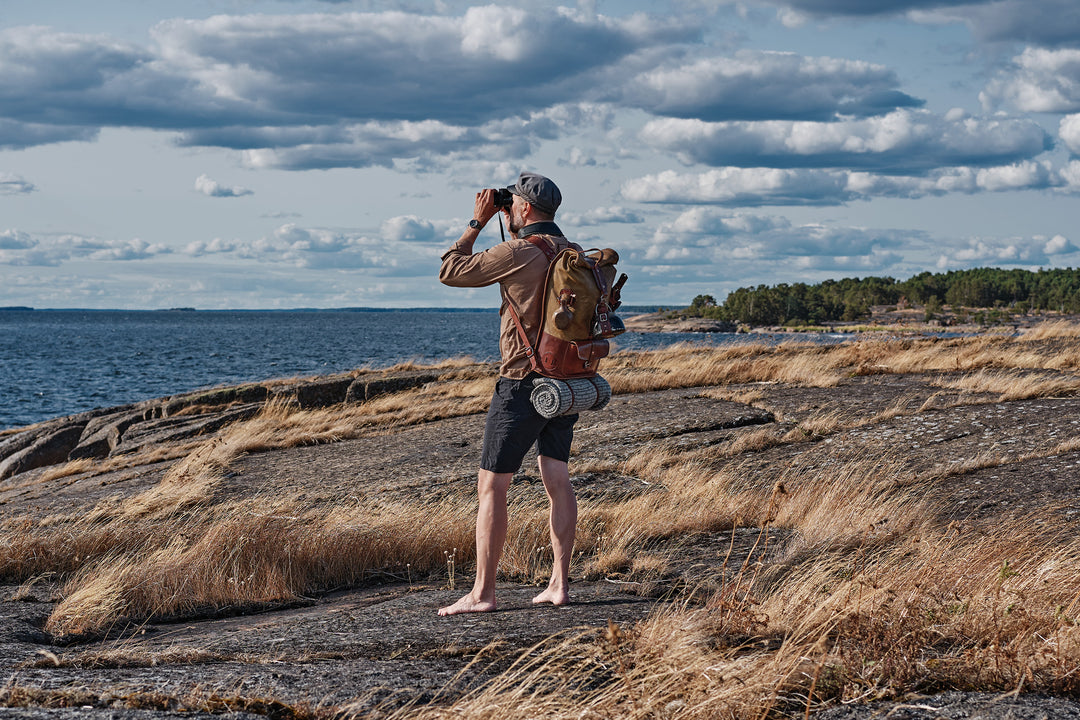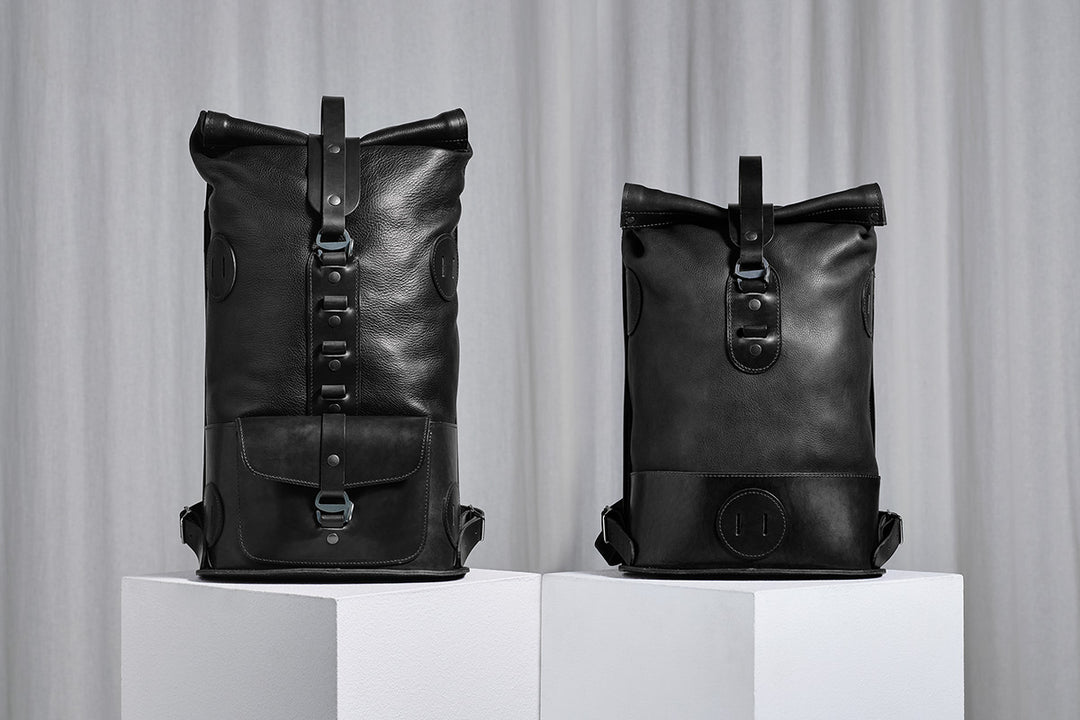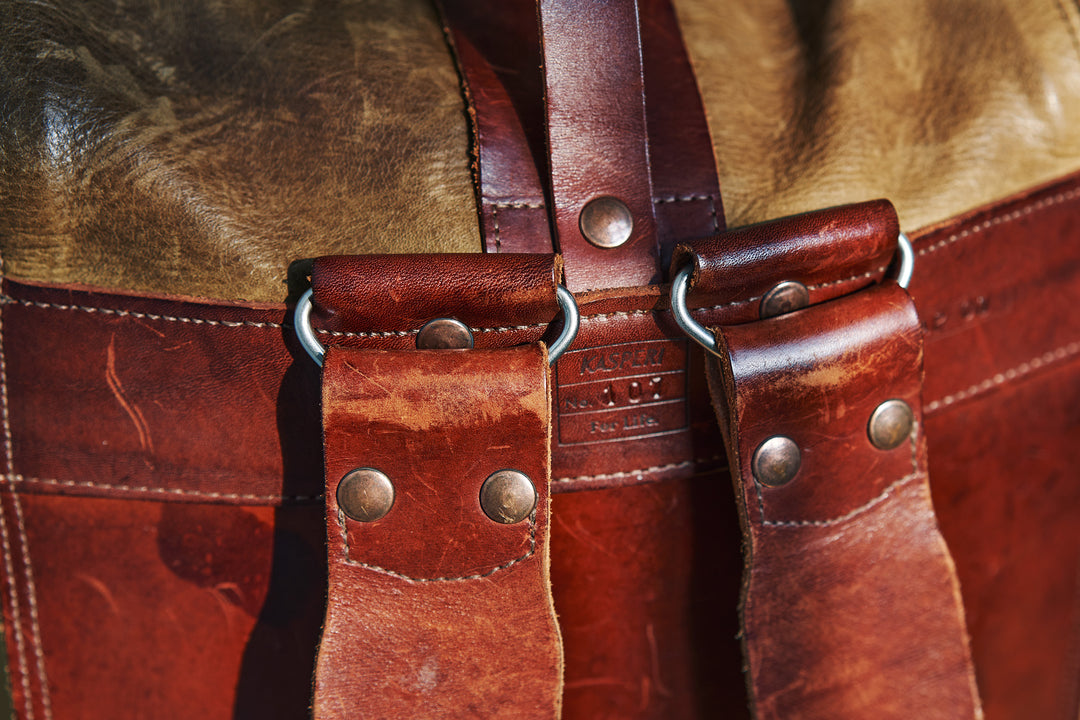Case: Red Wing
What can well-made leather shoes teach us about good habits and sustainability?
Well used and refurbished Red Wings boots - a great example of a product made to last.
Back in the day, you'd buy a pair of good quality, Goodyear welted leather work boots, for life. You'd use beeswax whenever the leather showed signs of drying up. The shoes were polished if there was visible wear. And finally, when the soles busted through, you'd take them to the shoemaker who'd resole the shoe. The best quality leather shoes can be resoled almost endlessly and the rest of the construction of the shoe could last for a lifetime if well cared for.
These practices and habits made a difference. They shaped how we cared about the objects we owned, they defined what those objects meant to us. Those habits were good for prudence and they kept consumption in check.
The same is hard to say for most of our current routines related to consumption. Cheap low-quality consumer goods have pushed us to adopt a bunch of bad habits. The disposable convenience culture has degraded the value we relate to objects. All of these habits are eventually bad for our personal well-being as well as the well-being of the planet.

Recently we read the book "The Power of Habit: Why We Do What We Do in Life and Business" by Charles Duhigg. We think it outlined a very useful framework for getting rid of bad habits:
The first step is to start actively recognizing the cues for harmful, counterproductive or unsustainable habits. So what has to happen that triggers a series of emotions and practices that leads to the bad habit?
The second step is to recognize when the cravings come. To notice and observe the emotions that try to persuade you to act in a particular way.
The third step is to recognize what are the rewards. What does it feel like immediately after you give in and do whatever the bad habit persuades you to do?
The fourth step is to try to substitute the bad habit with some other activity. For this to work, it is important to notice the cues and triggers for the habit and start acting immediately to substitute the bad habit. This way you have a chance to introduce a good habit in place of the bad habit.
French army ranger boots from 60's, resoled in 2019 and still going strong.
According to the book, relapsing into bad habits is especially easy during times of stress. What helps though is believing that change for the better is possible.
While reading the book it struck us how the reason for people to fall into bad habits is often in that they feel that better alternatives don’t exist. There is not much out there that we could use to substitute the bad habits. It seems the options out there don't inspire confidence. They don't make us believe that we could change those habits.












